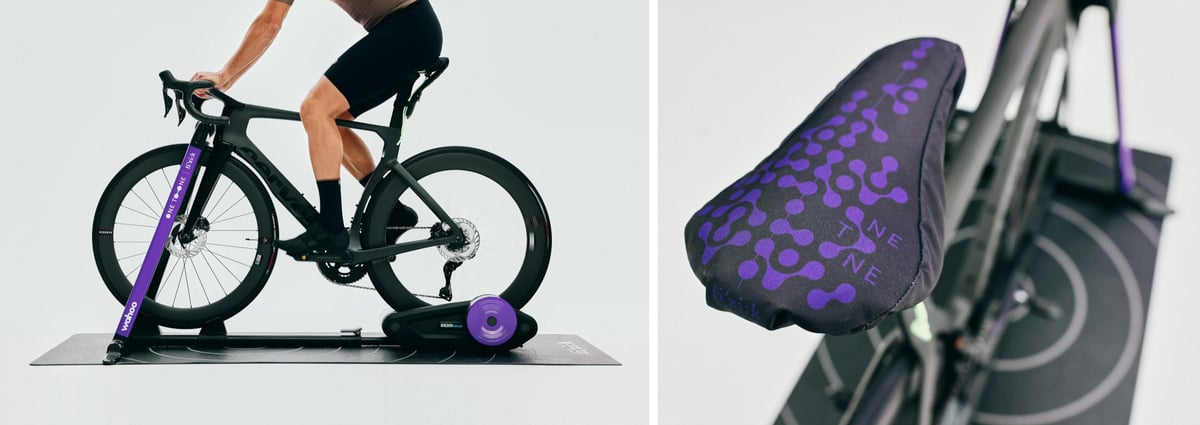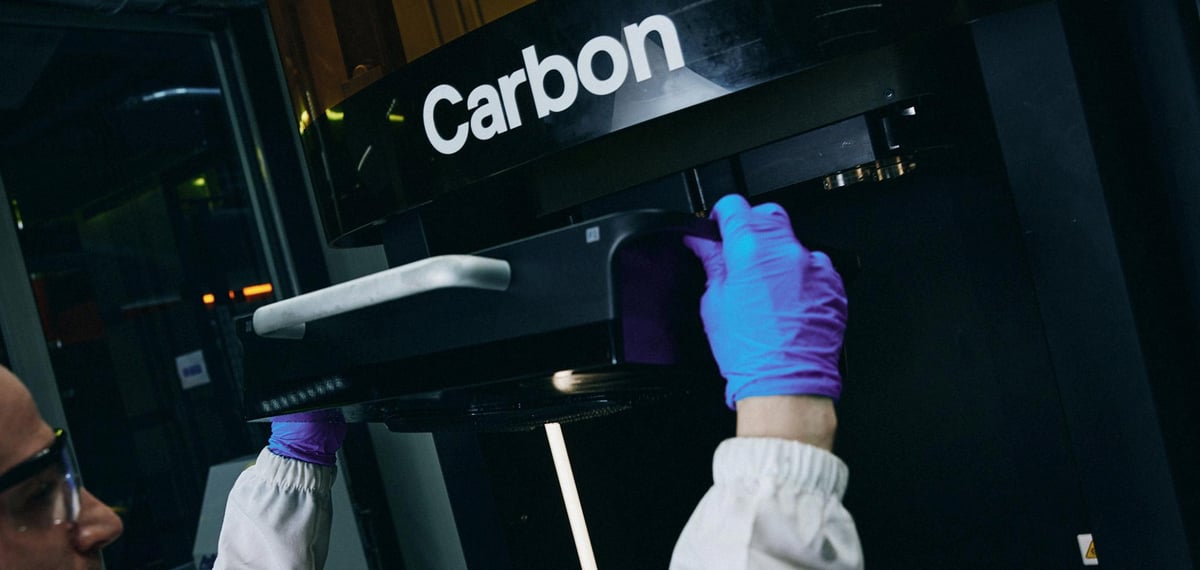For most of us, our bike saddle is about comfort. To elite cyclists, it’s also a functional component of the bike that can dramatically affect performance.
Most cycle saddles are made of uniform-density foam, and the best an average cyclist can hope for as far as customization is a men’s saddle or a women’s saddle. But advances in technology now enable 3D printed saddles with variable levels of cushioning across the surface and support perfectly matched to the individual rider’s anatomy, riding position, history of injuries, riding goals, and more.
Bike saddles are an ideal application of 3D printing for customization. Not only is the elastomer lattice structure enabling the variable support only manufacturable with a 3D printer, but at a single product, a bike saddle is not economically feasible to injection mold.
However, companies that have tried custom 3D printed saddles have run into roadblocks when it comes to commercializing them because the process to collect all the unique data points of riders is so complex. Not only must you measure shape, but various forces on the saddle as the rider pedals and shifts riding positions, which means data collection while in motion and over time. Then there’s the time-consuming design of a custom part.
Cycling gear maker Fizik turned to 3D printing company Carbon to solve both of these problems.

Italy-based Fizik, has been 3D printing advanced saddles for a while but not individualized ones. It first launched a 3D printed saddle in 2019 with several models launching since, including four versions of its popular Adaptive line. The company uses resin 3D printing on machines from Carbon using Carbon’s elastomeric materials.
Fizik says it spent the past three years researching, developing, testing, and confirming a process through which they could more efficiently capture, interpret, and translate a rider’s personal pressure data into a 3D printed saddle.
Collaborating with GebioMized, a specialist in pressure map data, Fizik engineered a system for collecting rider data to customize the saddle design with distinctive zonal cushioning tuned to adapt specifically to the rider’s body. The new saddle that launched today is called One-to-One.
“With One-to-One today we achieve what every saddle manufacturer has always dreamed of: bringing to life customized support available to every cyclist,” says Giovanni Fogal, brand manager at Fizik.

To capture rider data, Fizik and GebioMized developed a pressure sensor mat capable of measuring pressure at 64 points spread out across the saddle’s surface, relaying data in real-time wirelessly to software.
Riders can get measured and assessed now at more than 25 global cycle shops from Mack Cycles & Fitness in Miami to Phil Burt Innovation in Manchester to Silbest Cycle in Osaka.
Customers can bring in their own bikes to be setup on a Wahoo Kickr Rollr. Trained bike fitters guide the One-to-One fit session using a mobile app. Data about the rider’s current bike setup and saddle position is gathered through a simple questionnaire, then pressure data is captured on the rider’s current bike and saddle setup in all relevant riding positions and angles. After processing, this data is cross-checked with a rider’s discipline and gender to ensure correct interpretation.
Although additive manufacturing has enabled the production of custom parts, such as football helmets and shoes, it’s been a challenge to scale these products because of the manual work involved with customizing designs in computer aided design (CAD) software.
Carbon’s Custom Production Software automates the design of each saddle according to each rider’s unique data. A software program powered by Carbon Design Engine translates pressure data into parameters for the elastomeric lattice structure that forms the saddle’s topper, dynamically fine-tuning it with distinctive cushioning.
Thicker struts in the lattice result in a denser zone offering more support, while thinner struts are used for more open zones that offer more comfort and compression. Transitions between zones are managed by the software to be progressive and seamless. The automation of this design process is what Fizik believes will enable it to offer this product to all of its customers, not only elite racers.

After the in-store fitting, custom saddle orders are transferred to Fizik to be processed with the software and marked with a unique serial number. These print projects are sent to a production facility via a fully automated workflow, Carbon says.
Once printed, the saddle topper is assembled by a team of technicians at Fizik.
Once the new One-to-One saddle has been received and mounted on the bike, the rider can return to the dealer for a final session where pressure data will be captured on the new saddle for comparison to the initial saddle setup, highlighting all the parameters that have improved.
The cost of the fitting process and the saddle has not yet been disclosed. Fizik’s non-custom 3D printed saddles range from $259 to $399.
Don’t Miss Any 3D Printing News!
License: The text of "Another 3D Printed Custom Bike Saddle? This One’s Different" by All3DP Pro is licensed under a Creative Commons Attribution 4.0 International License.

